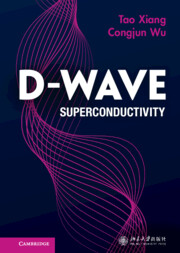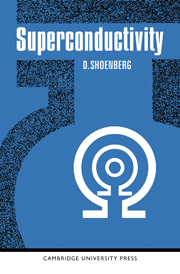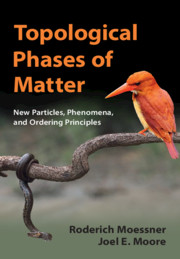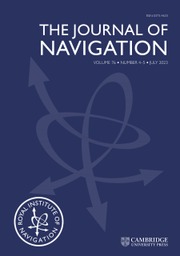D-wave Superconductivity
This volume provides a comprehensive introduction to the theory of d-wave superconductivity, focused on d-wave pairing symmetry and its physical consequences in the superconducting state. It discusses the basic concepts and methodologies related to high-temperature superconductivity and compares experimental phenomena with theoretical predictions. After a brief introduction to the basic theory of superconductivity and several models for high-temperature superconductivity, this book presents detailed derivations and explanations for various single-particle and collective properties of d-wave superconductors that can be monitored experimentally, including thermodynamics, angular-resolved photo-emission, single-particle and Josephson tunnelling, impurity scattering, magnetic and superfluid responses, transport and optical properties and mixed states. Various universal behaviours of d-wave superconductors are highlighted. Aimed primarily at graduate students and research scientists in condensed matter and materials physics, this text enables readers to understand systematically the physical properties of high-temperature superconductors.
- Serves as a useful reference for advanced courses on superconductivity
- Enables readers to understand experimental results and the physical properties of high-Tc superconductors
- Provides a self-contained introduction to the topic and detailed derivations that make the text accessible to graduate students with minimal training in condensed matter theory
Product details
June 2022Adobe eBook Reader
9781009218573
0 pages
This ISBN is for an eBook version which is distributed on our behalf by a third party.
Table of Contents
- 1. Introduction to superconductivity
- 2. Microscopic models for high temperature superconductors
- 3. Basic properties of d-wave superconductors
- 4. Quasiparticle excitation spectra
- 5. Tunneling effect
- 6. Josephson effect
- 7. Single impurity scattering
- 8. Many-impurity scattering
- 9. Superfluid response
- 10. Optical and thermal conductivities
- 11. Raman spectroscopy
- 12. Nuclear magnetic resonance
- 13. Neutron scattering spectroscopy
- 14. Mixed state
- Appendices
- Bibliography
- Index.







